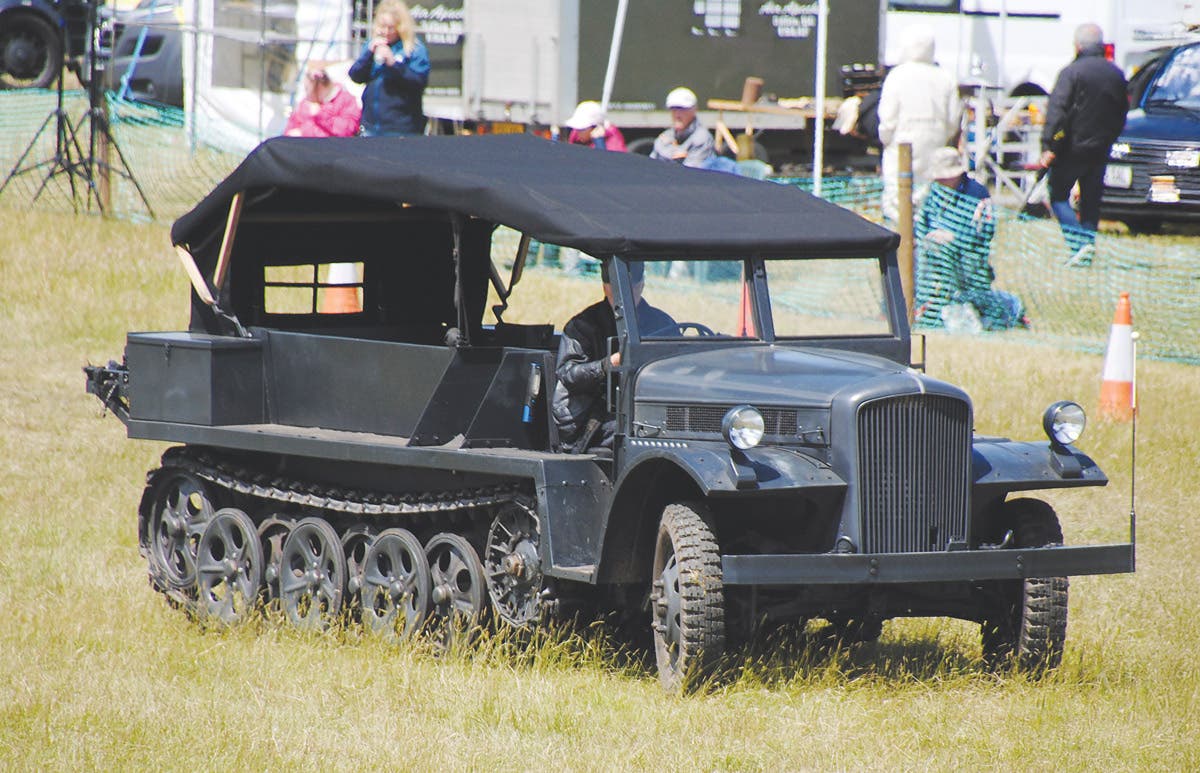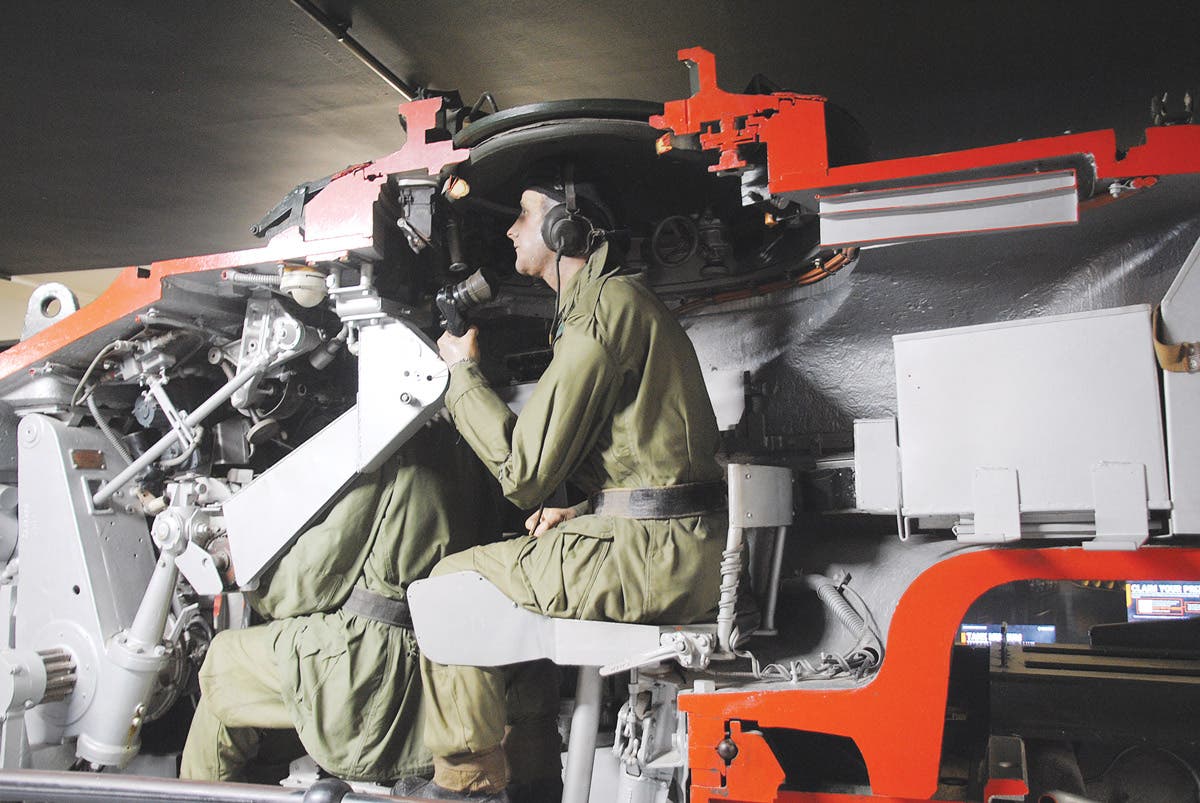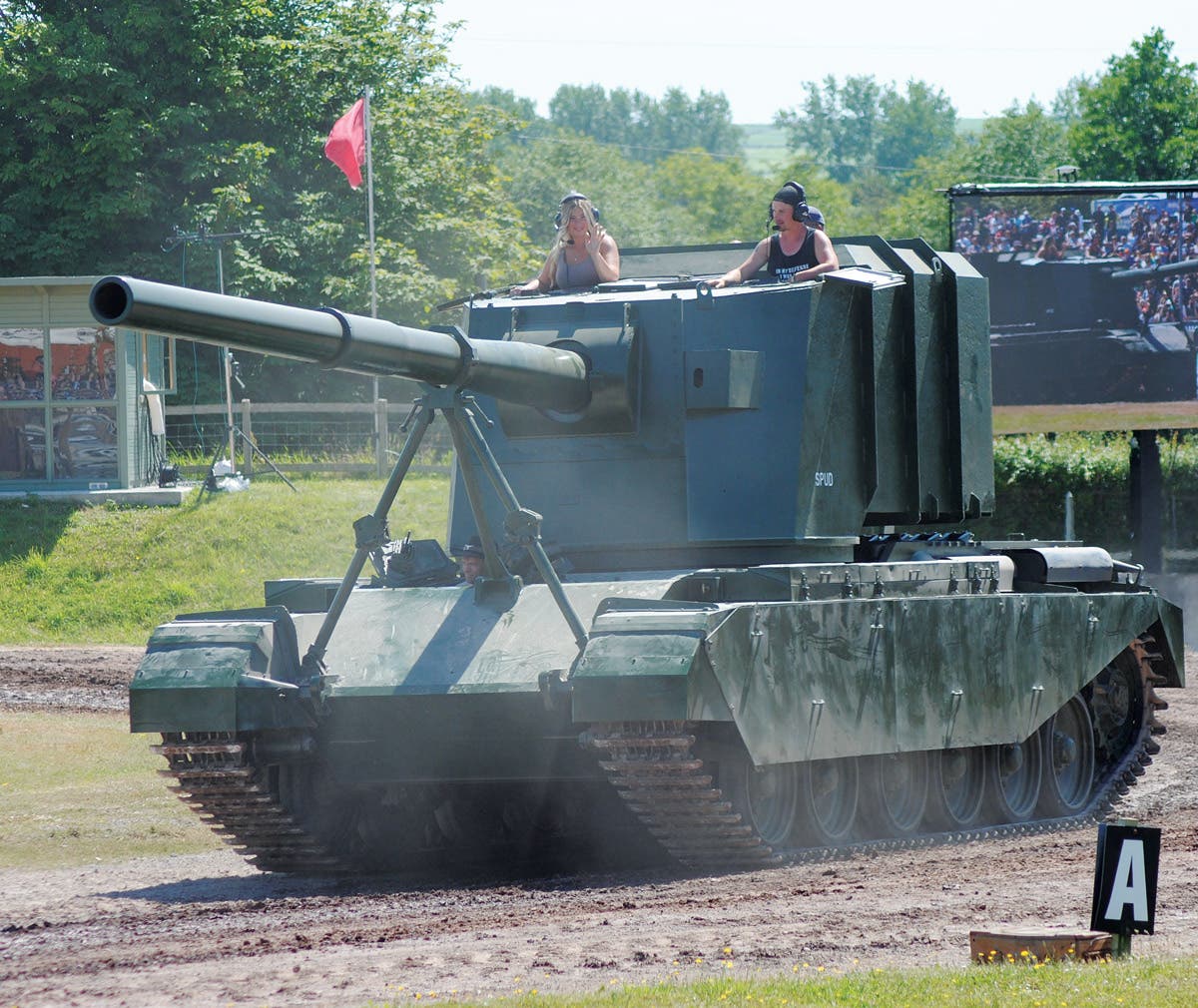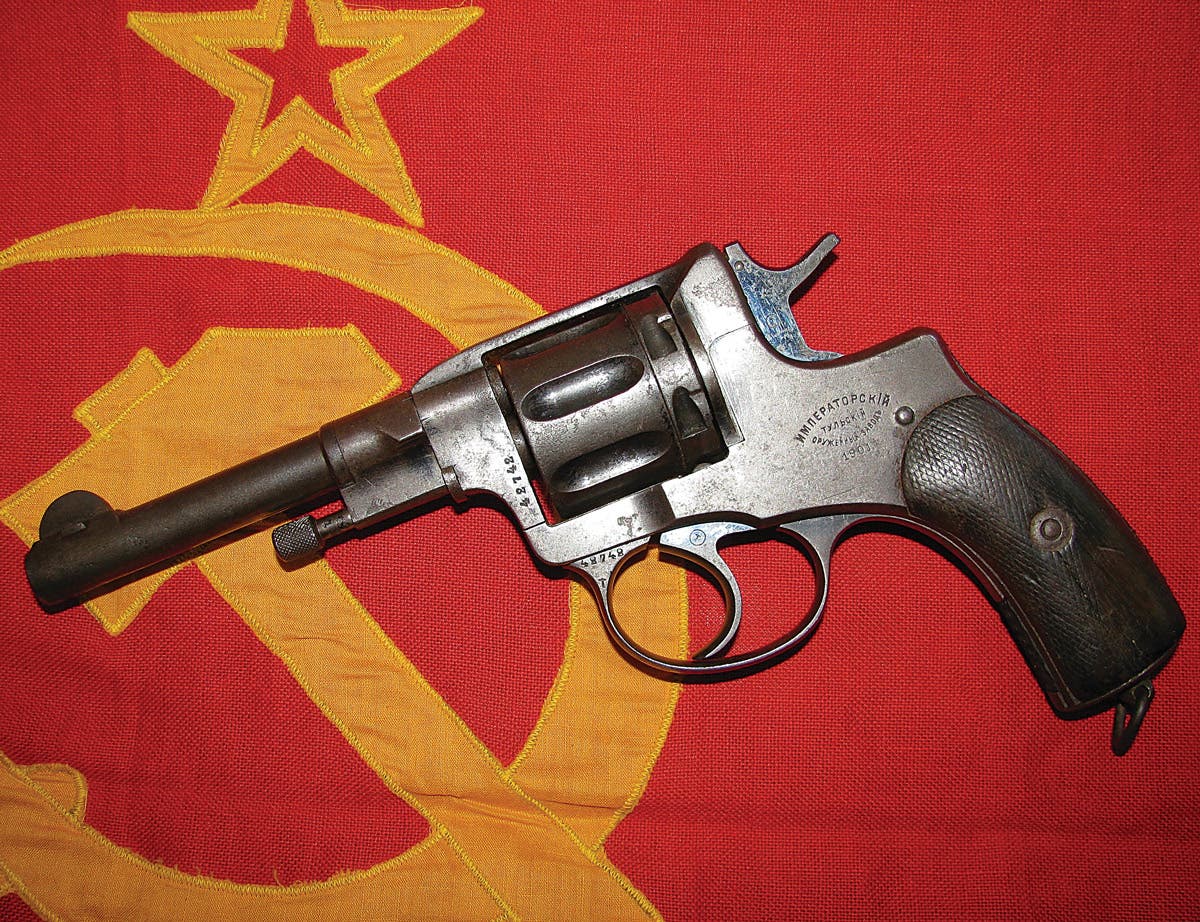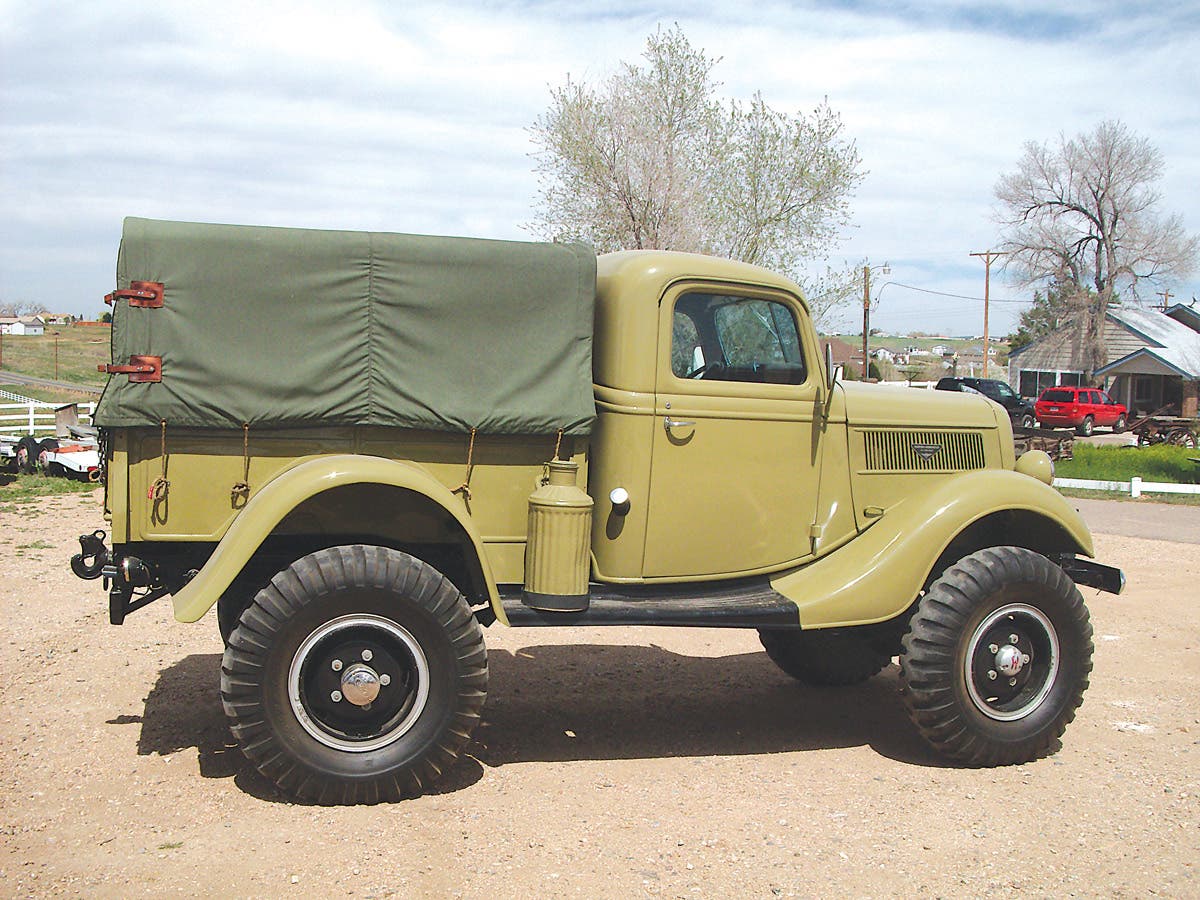Half-tracks from Europe
We take a look at historic half-tracks hailing from France and England
While half-track vehicles are fairly rare these days, and many Historic Military Vehicle enthusiasts in the United States are mainly familiar with the White, Autocar and International Harvester machines, half-tracks were manufactured in many countries and used by their armed forces during World War II. There were hundreds of different types and variants, both armored and soft-skin, with Germany and the Soviet Union predominating in the number of half-track vehicles, while the U.S. Military settled for the three basic types mentioned above, along with some variants. Only the British Military had fewer half-track vehicles of their own design and manufacture, seeming to instead prefer their full-tracked Universal Carrier as well as employing U.S.-supplied half-tracks. To picture and describe most of the half-track vehicles fielded by the nations involved in WWII would take more than an entire issue of this magazine, so we will begin with the common British and French machines. German, Soviet Union, and other nation’s half-tracks will be featured in future issues.

